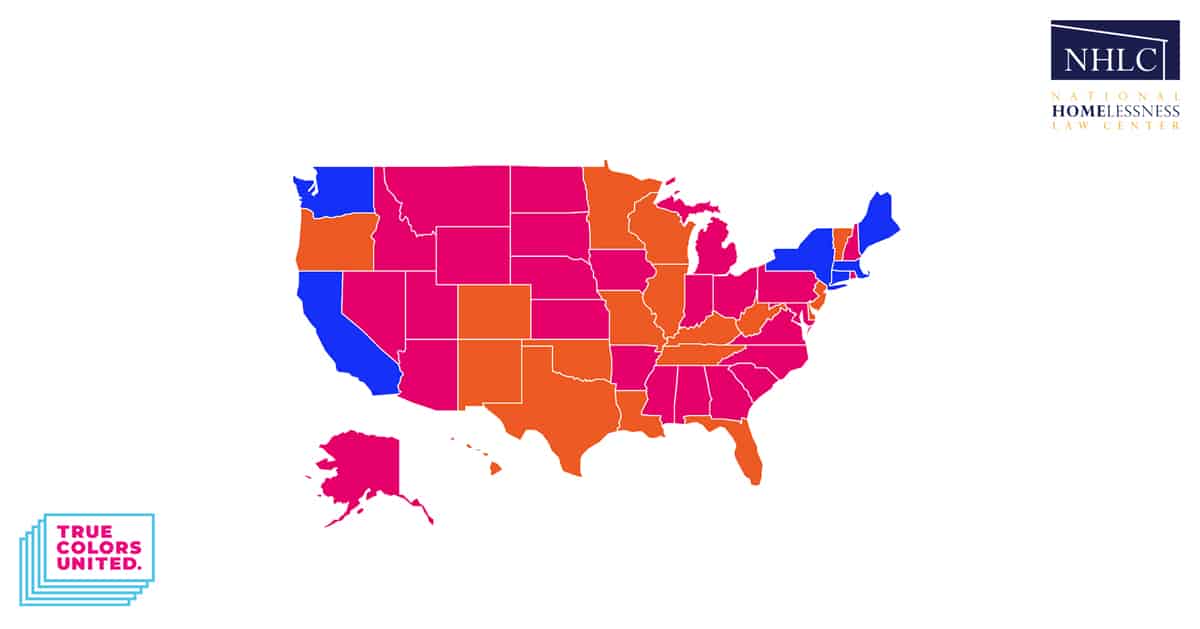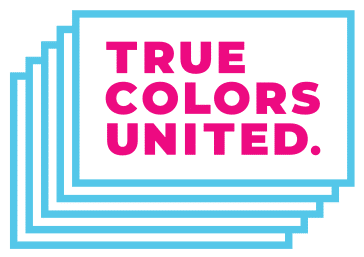
Introducing the New State Index on Youth Homelessness.
The State Index on Youth Homelessness evaluates all 50 states and the District of Columbia on their efforts to prevent and end youth homelessness. Today, True Colors United and the National Homelessness Law Center have released their annual update to the State Index, including:
-
- 2020 data on state efforts to end youth homelessness
- State-specific policy recommendations for improvement
- Resources for state advocates on the ground
- A new easy-to-use report website
The 2020 State Index, authored by Brandy Ryan of the Law Center and Dylan Waguespack of True Colors United, provides a snapshot of some of the legal, systemic, and environmental barriers that youth experiencing homelessness face. The State Index assigns all 50 states and the District of Columbia a score of up to 100 and provides concrete steps that states can take to protect the safety, development, health, and dignity of youth experiencing homelessness.
“In the world of housing and homelessness, we know that a disaster can be used as a tool to accelerate inequity and drive profit. What is COVID-19, if not a disaster that threatens an equally devastating impact on youth experiencing or at risk of becoming homeless?” said Brandy Ryan, Staff Attorney at the Law Center. “We are so grateful to the pro bono team at Baker Donelson. With their help, we are clearly showing states how their efforts on youth homelessness are working and where they can improve.”
From highest to lowest, the highest 10 scores in the 2020 State Index were earned by District of Columbia, Washington, Connecticut and Massachusetts (tied), California, New York, Maine, Louisiana, New Mexico, and Colorado. From lowest to highest, the lowest 10 scores were earned by North Dakota, South Carolina, Pennsylvania, Ohio, North Carolina, Idaho, Nebraska and Arkansas (tied), Alaska, and Virginia.
A webinar will be hosted on March 10 at 11 PT / 2 ET to discuss this year’s findings as well as strategies that advocates and state officials can use to advance the policies recommended by the
State Index.
